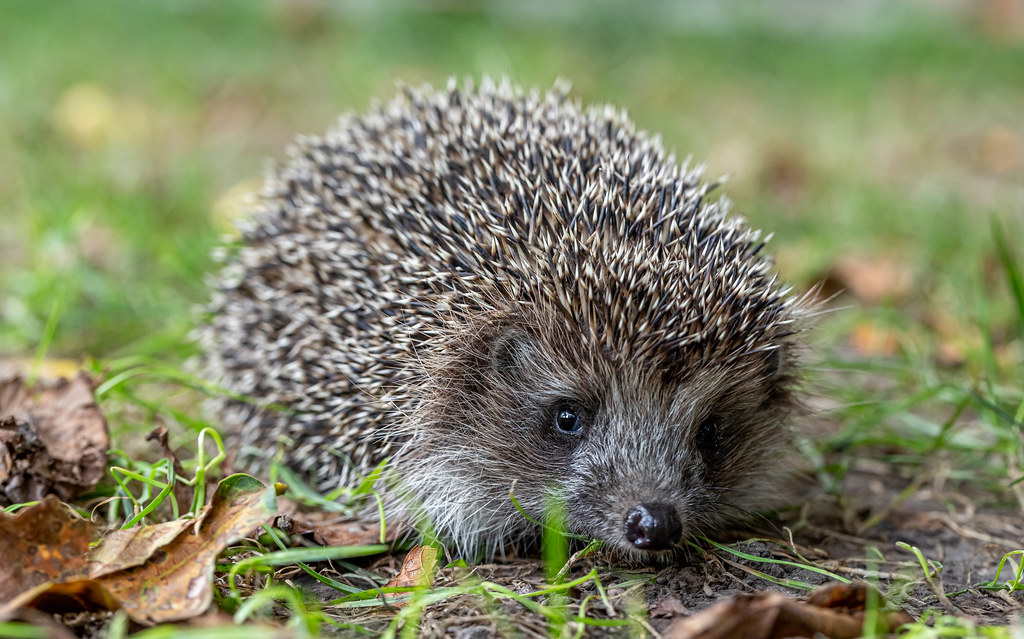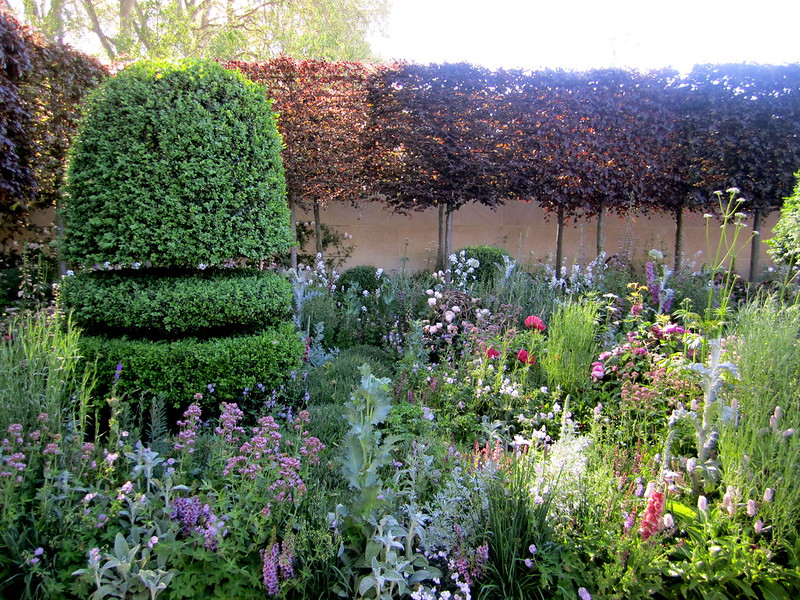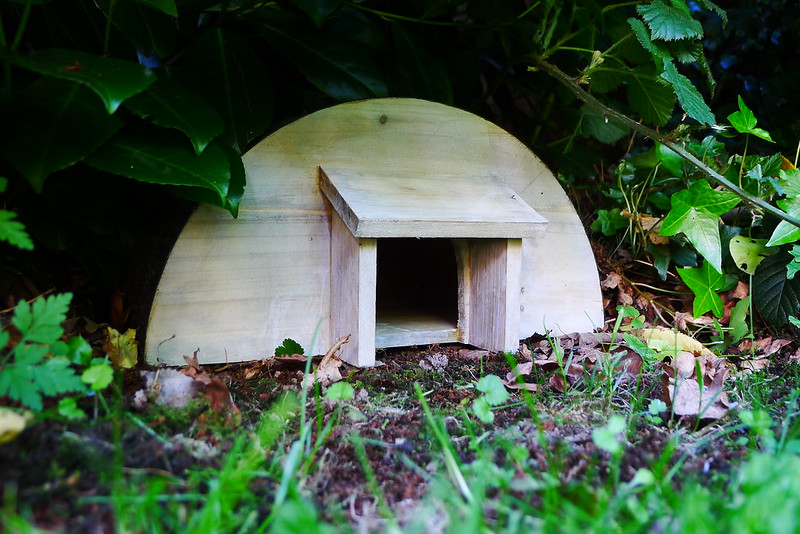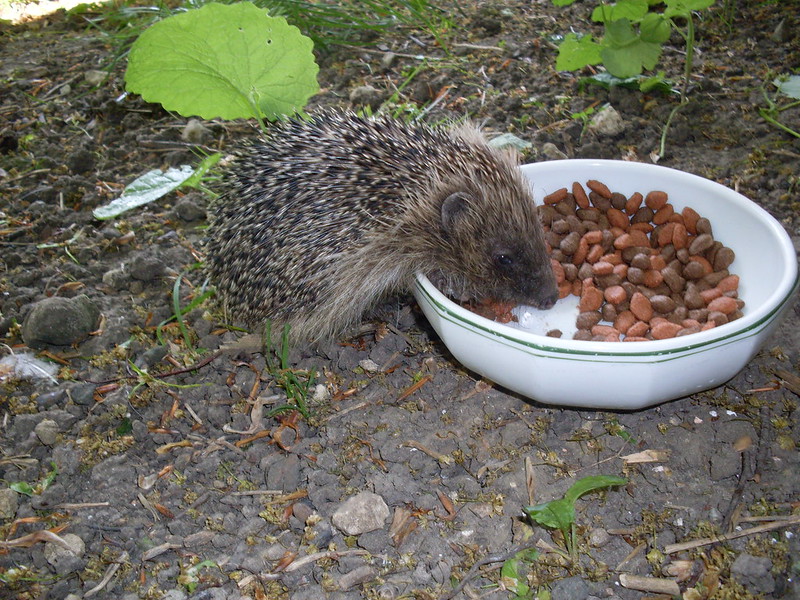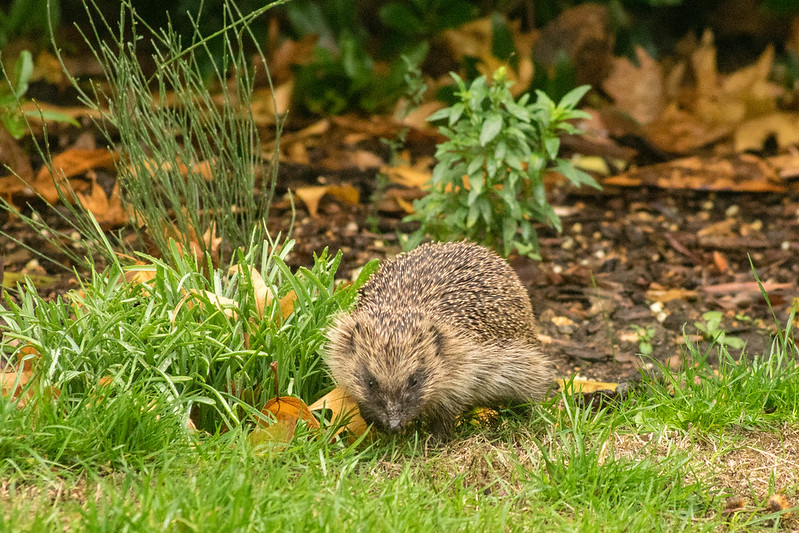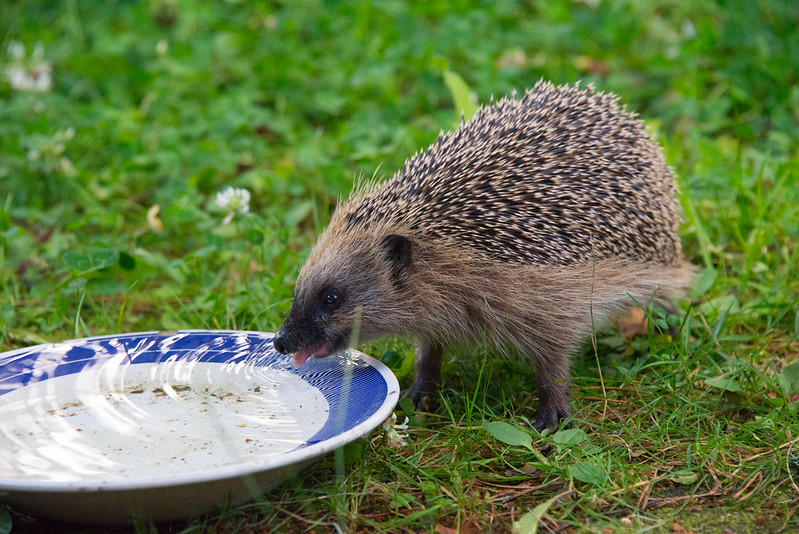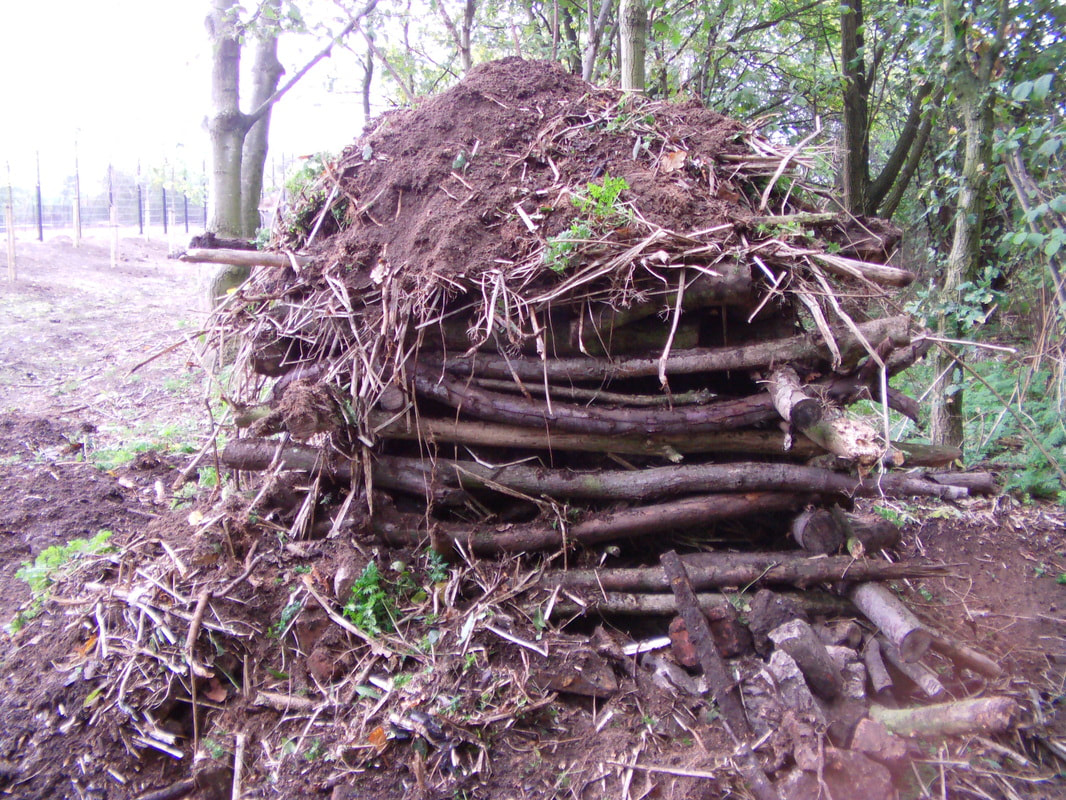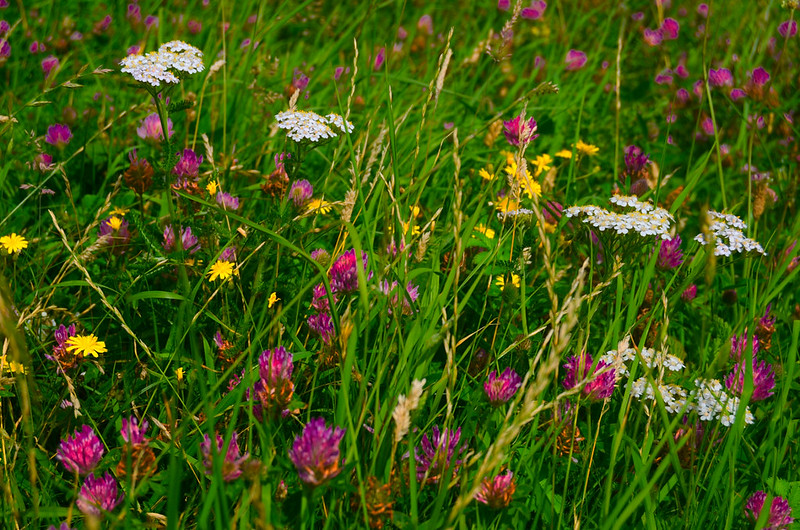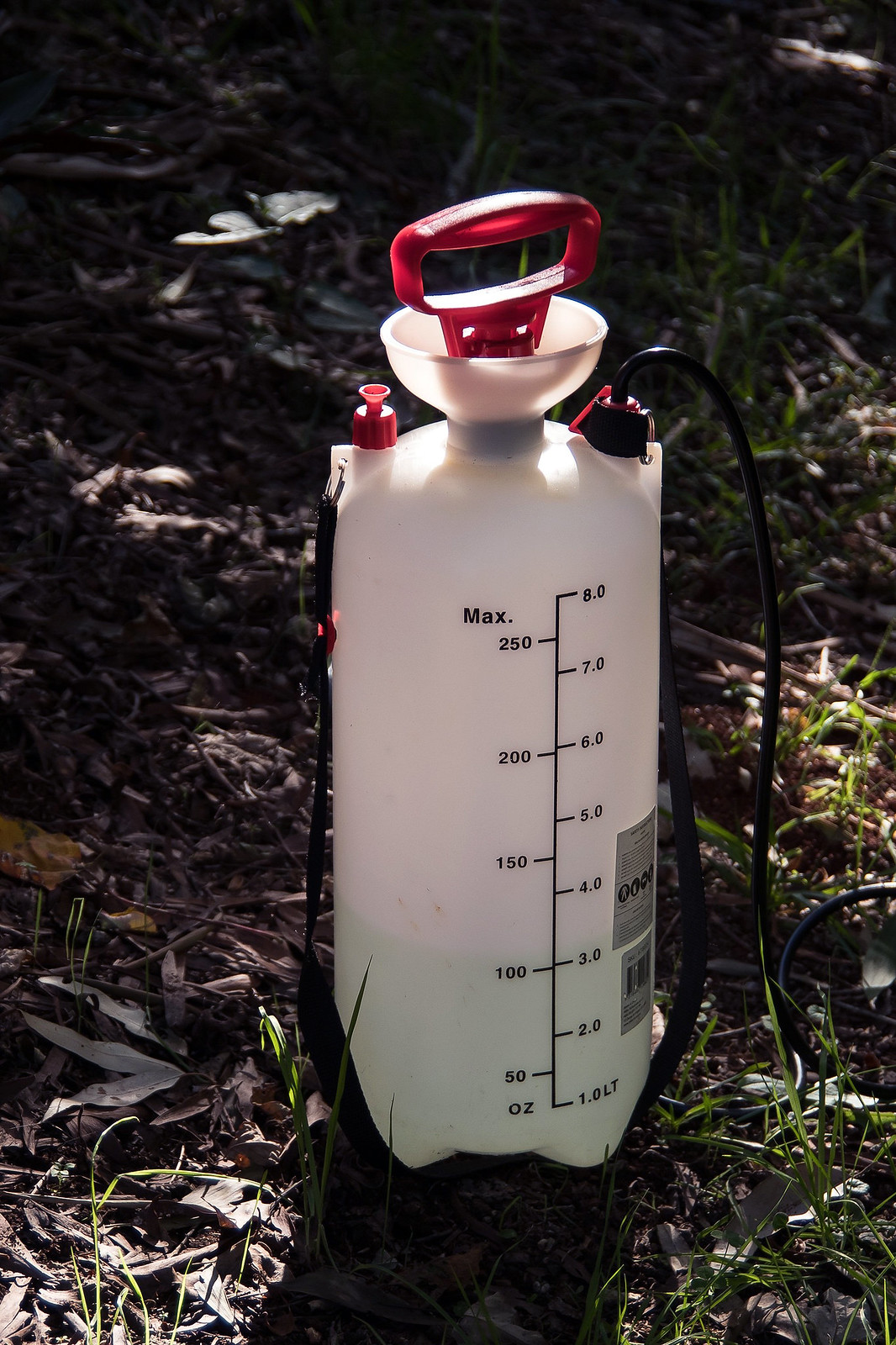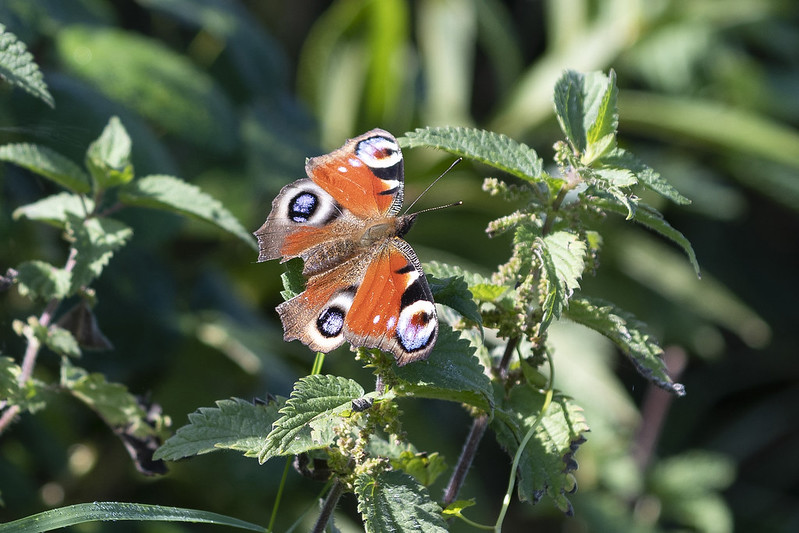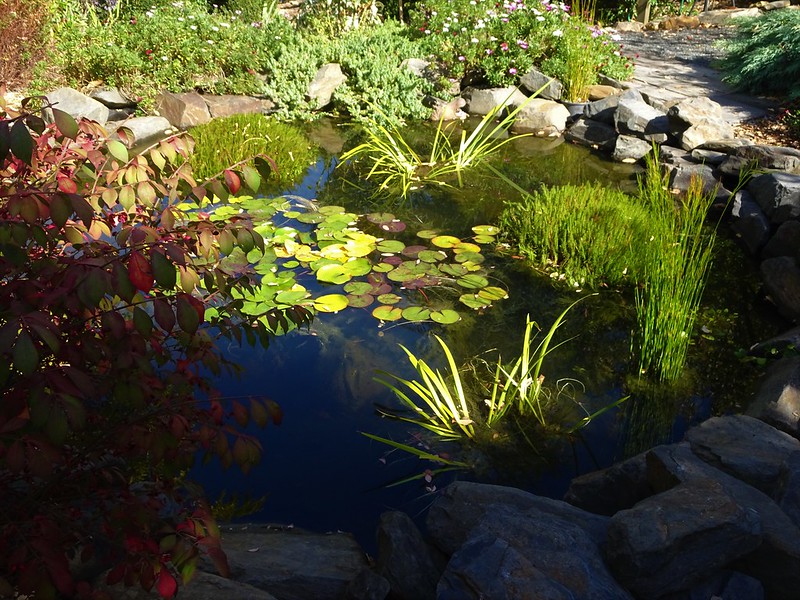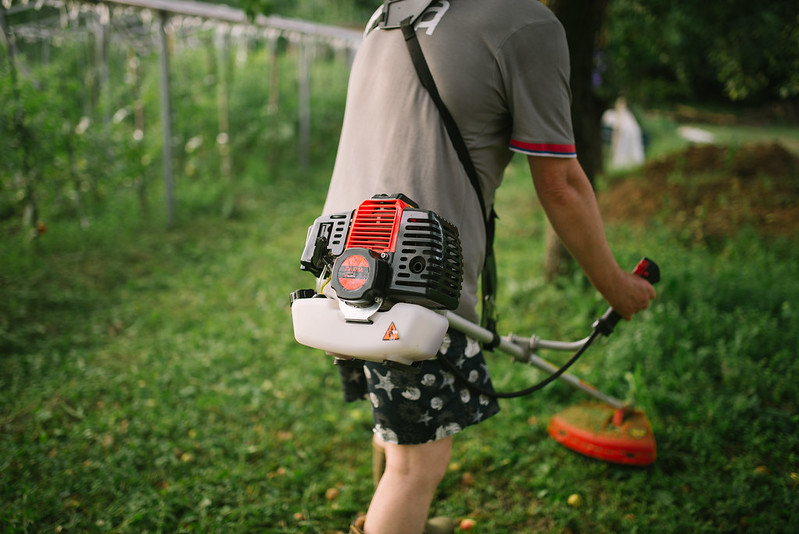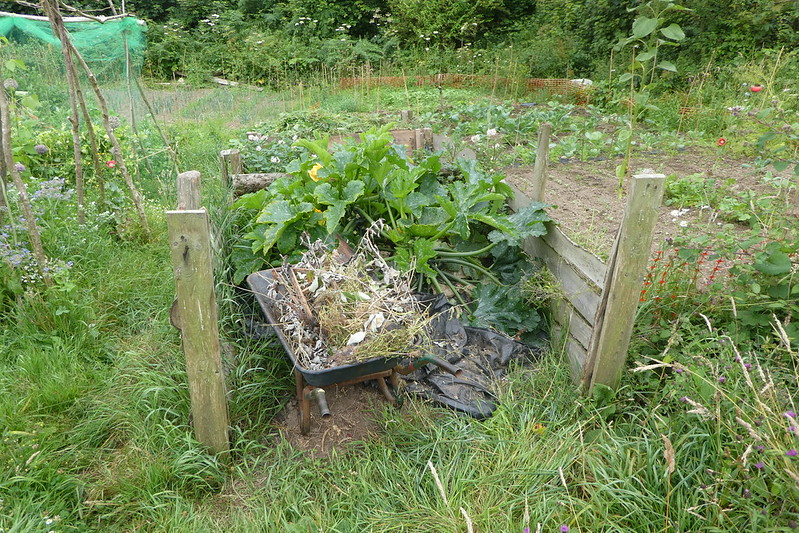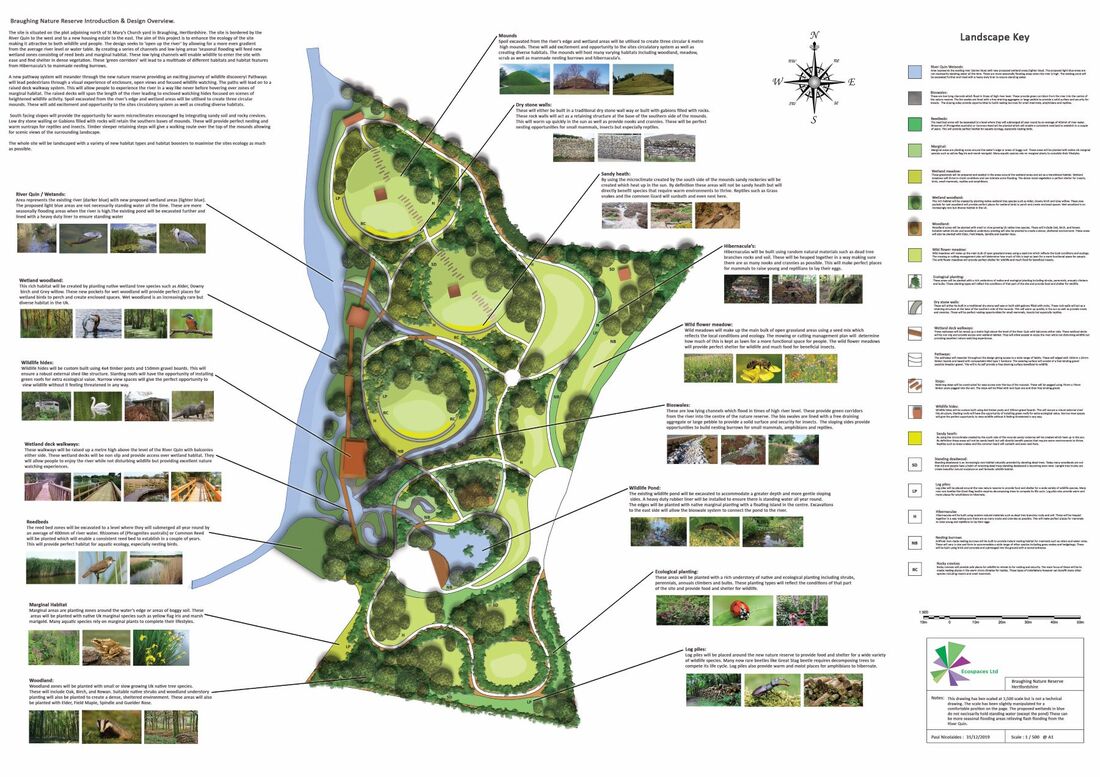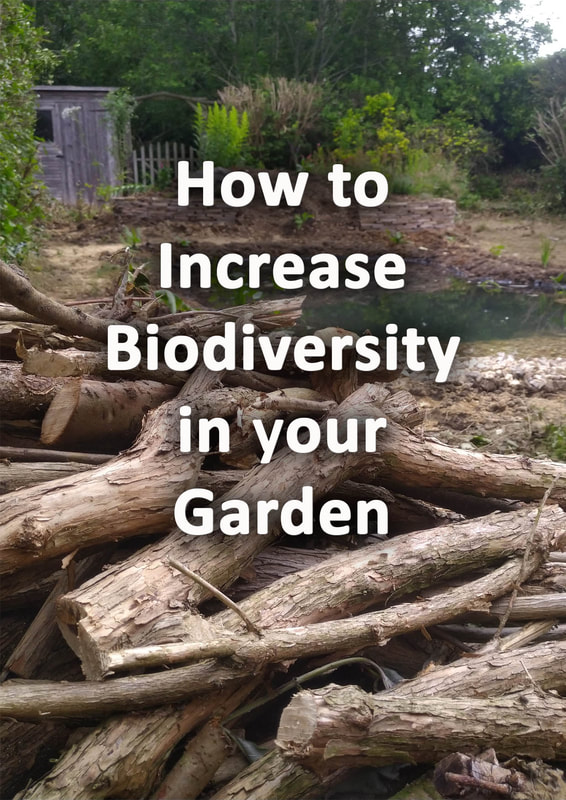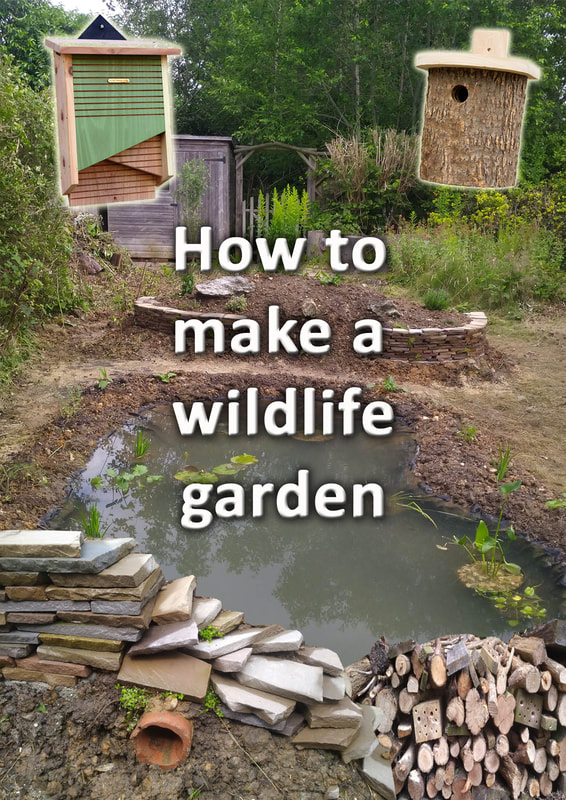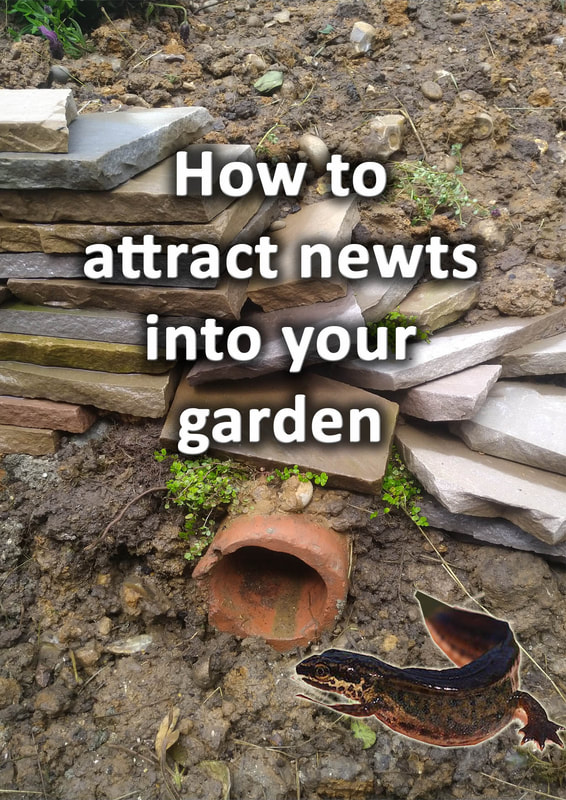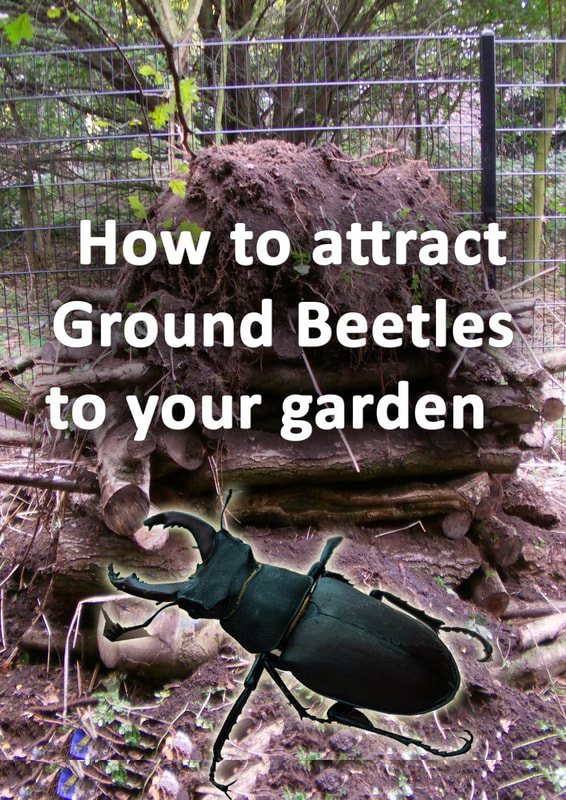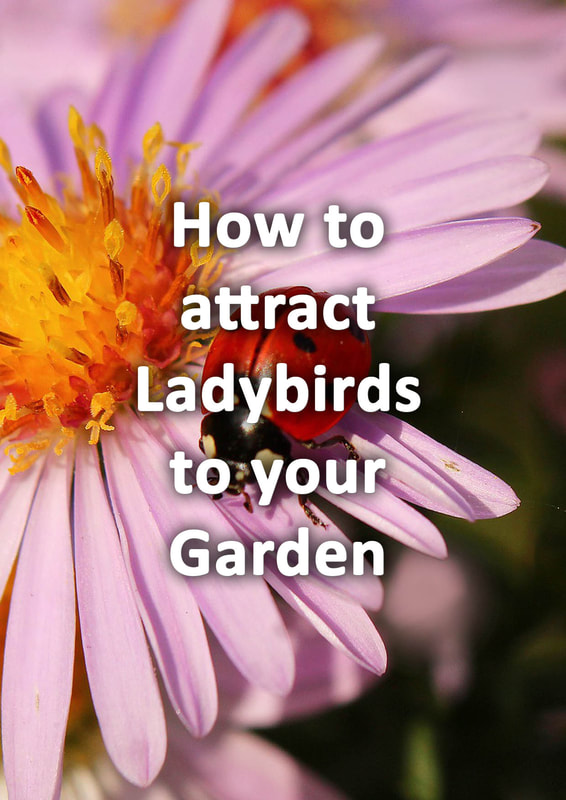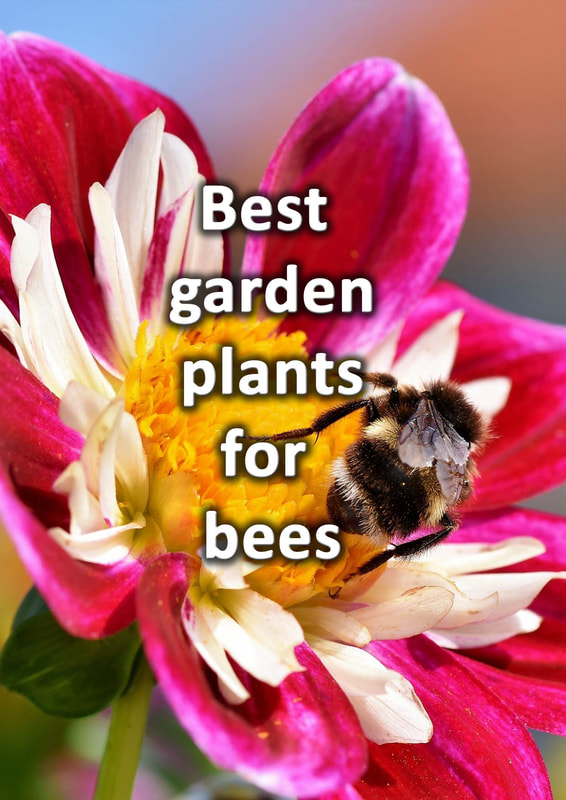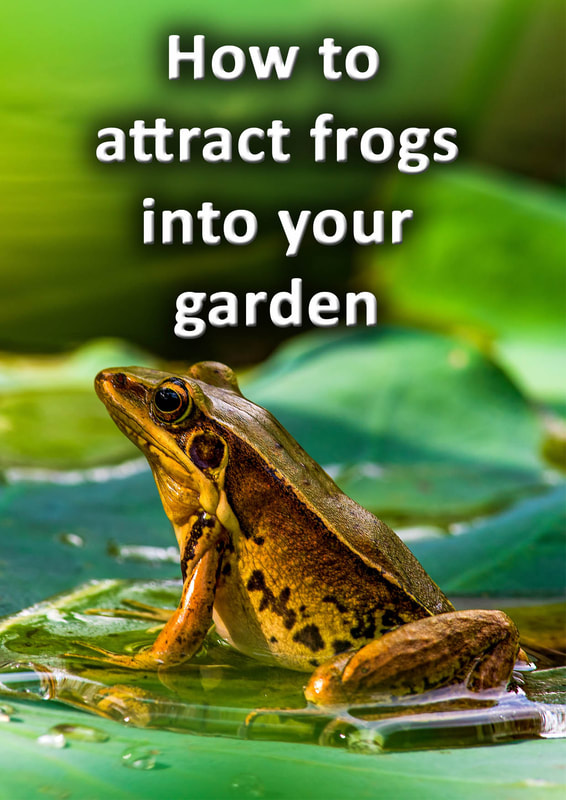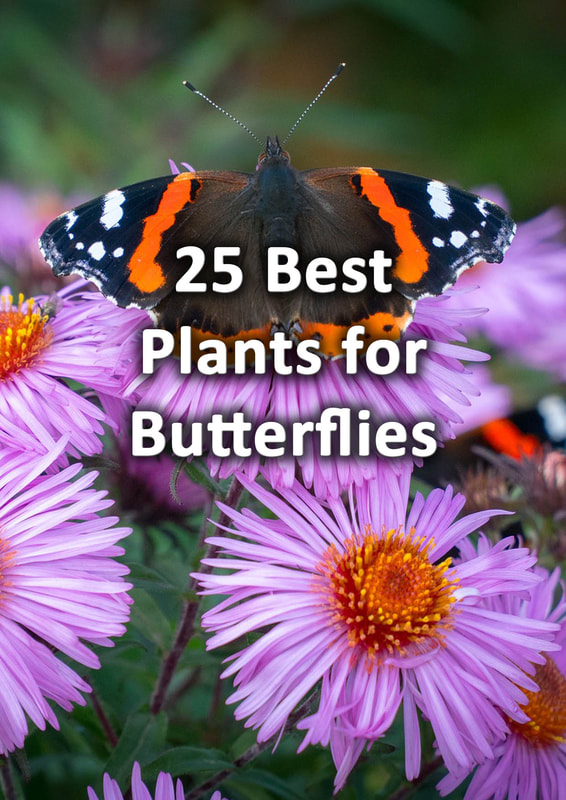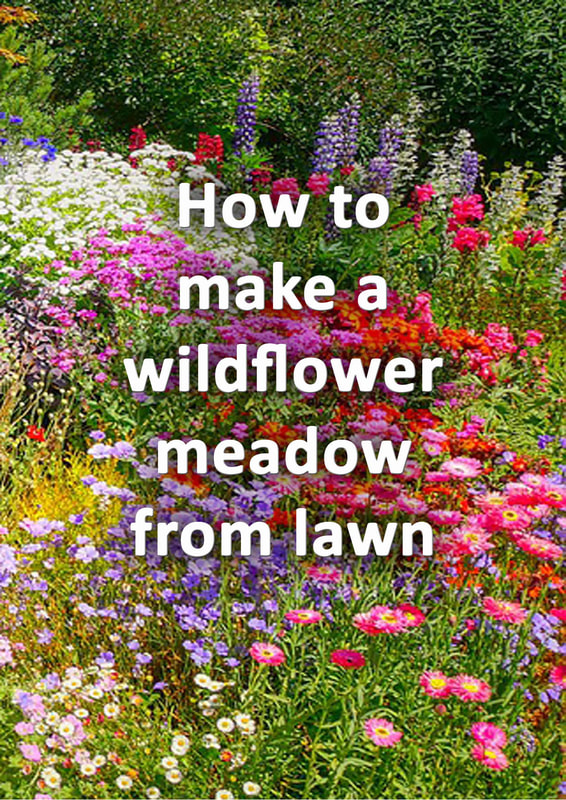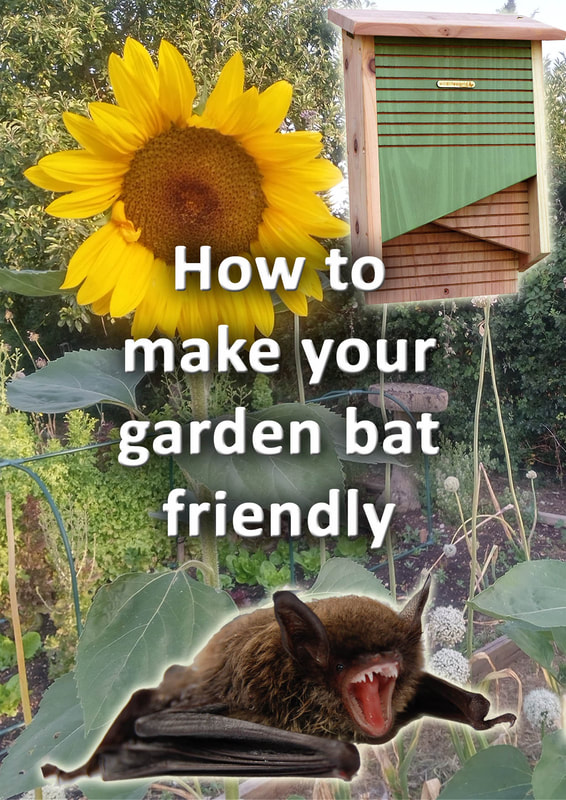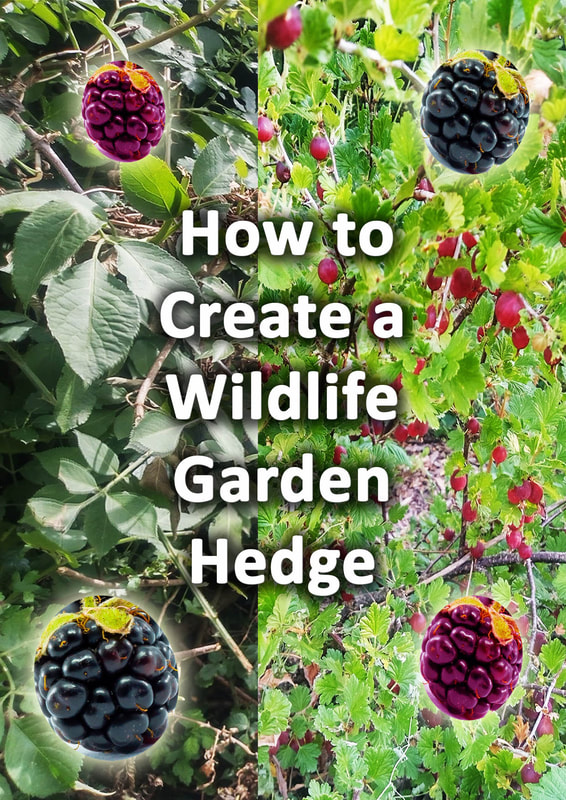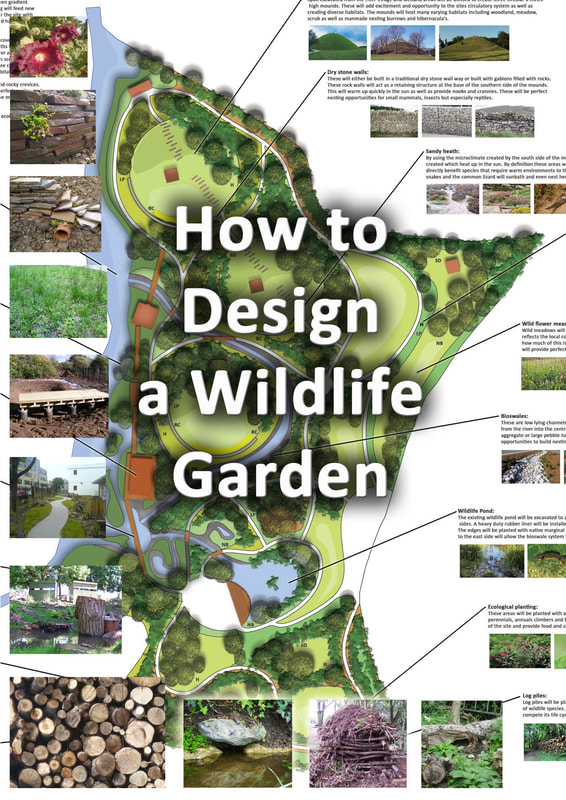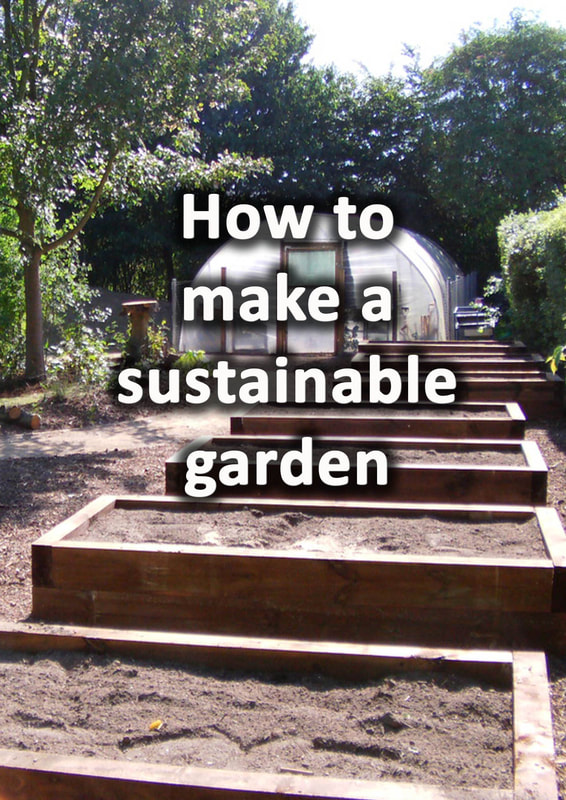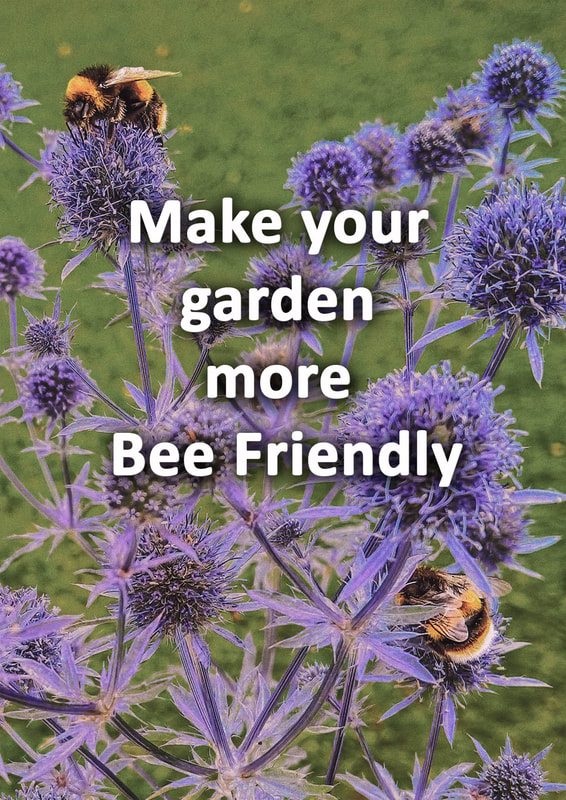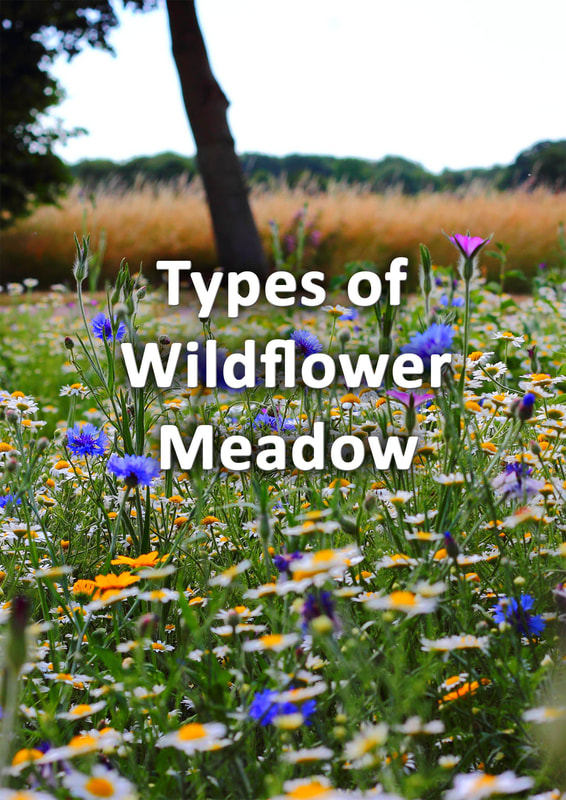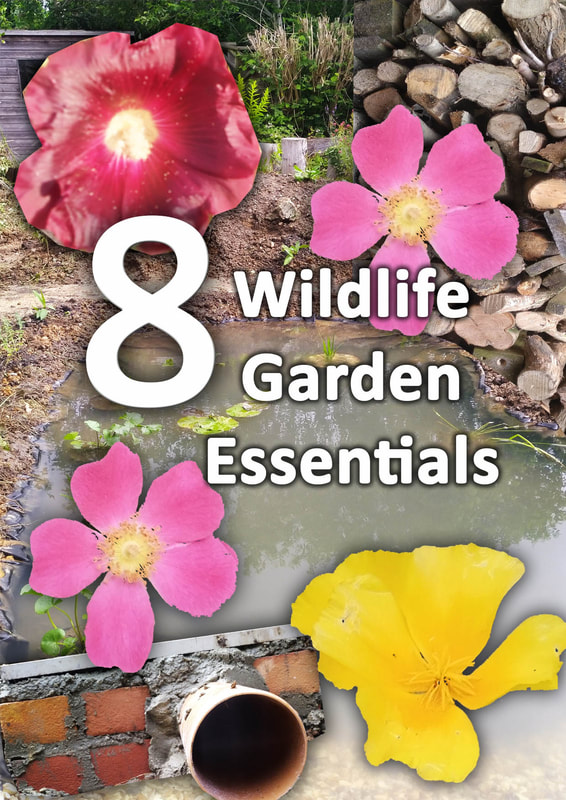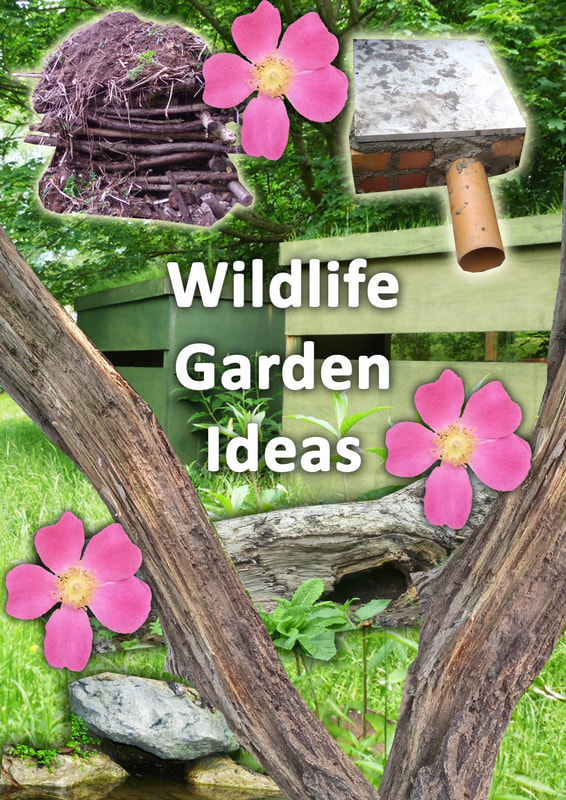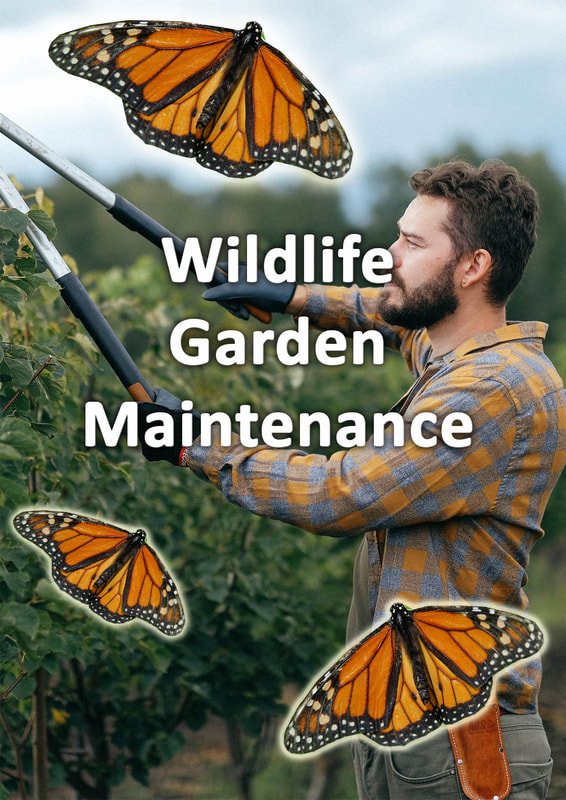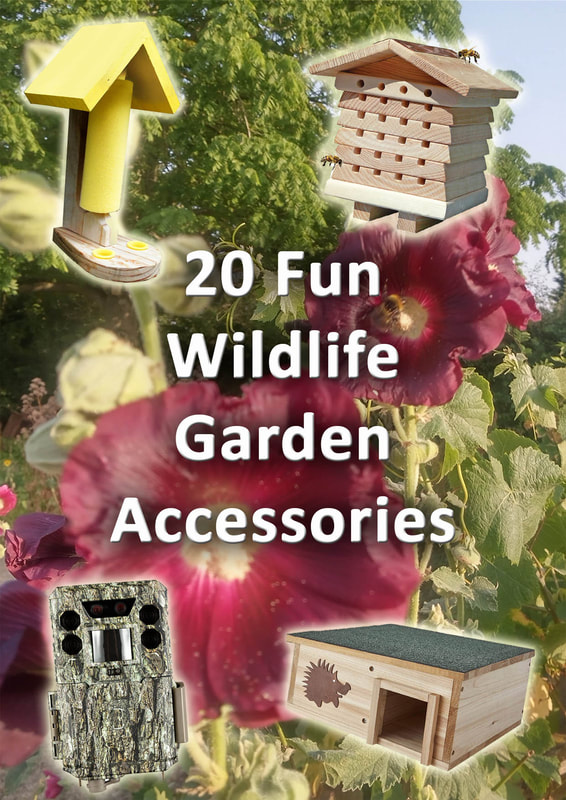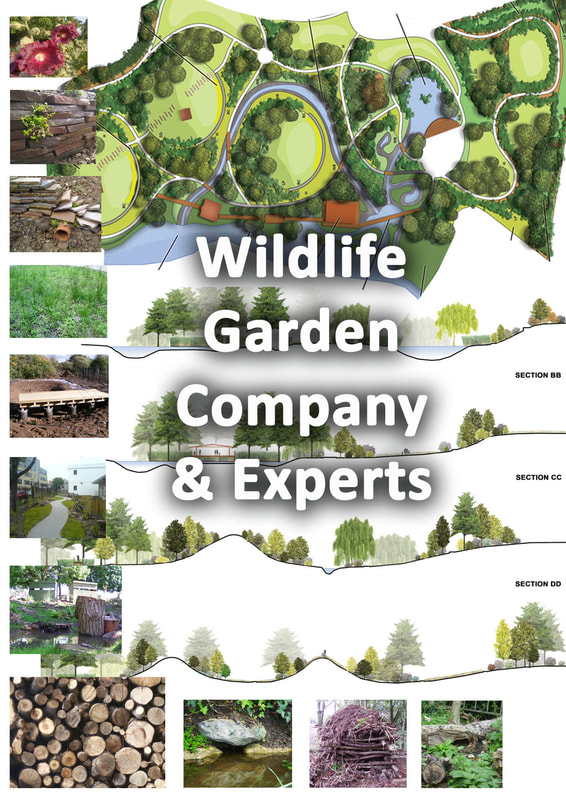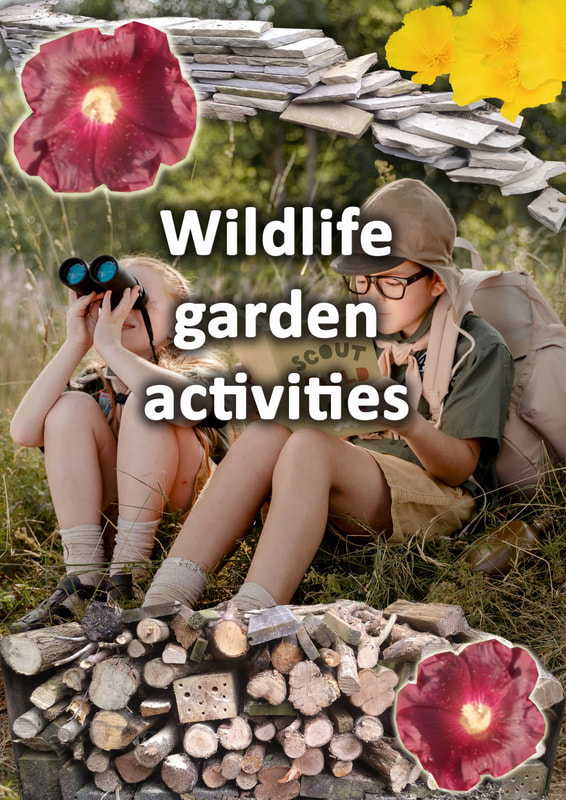|
This article contains affiliate links
If you want to make your garden Hedgehog friendly you have come to the right place!
Hedgehogs are small woodland mammals famous for their spiky backs and ability to roll into a ball to avoid predators. These charismatic creatures are nocturnal spending most nights patrolling their territory feeding. Feeding on pest species such as slugs, snails, and insects hedgehogs are a welcome guest in our gardens. However in the past 50 years, hedgehog numbers have crashed by somewhere in the region of 80%. These dramatic and depressing figures are due to a number of human induced factors. Minimalistic landscaping, pesticide usage, habitat loss, road fatalities, power tool injuries, lack of nest sites, aggressive pets, reduced access and reduced water sources are all to blame for this.
Hedgehogs have an extremely important role in our gardens providing much needed ecological pest control. Traditionally a mammal which inhabited woodlands, gardens used to provide havens for this species.
However, gardens have become hazardous places to be, extensive lawns, pesticides, power tools and less untidy spaces to hide. If you want to make your garden more hedgehog friendly you have come to the right place! With some very simple installations and more intensive landscaping you can make your backyard a hedgehog paradise forever more! In this article we will list and describe 12 ways to make your garden more hedgehog friendly! 12 Ways to make your garden hedgehog friendly1. Grow more hedgehog friendly plantsOne of the biggest problems for hedgehogs in modern gardens is a lack of cover. Generally people today have less, spare time available to practice gardening duties. Busy work schedules and digital forms of entertainment have led to the ‘low maintenance age’. Gardens have become laden with artificial lawns and paved surfaces leading to a reduction in hedgehog habitat. Hedgehogs need shelter and security in a garden with places to rest and forage for food. The best way to start growing more plants is to create a garden border. Hedgehogs prefer dense and low growing vegetation so small shrubs are best. Try to grow native plants where you can and avoid plants with poisonous berries. 2. Provide a hedgehog home
In natural environments such as woodland hedgehogs can nest in small burrows, dense vegetation or the hollows of fallen trees. Gardens have the added threat of aggressive pets such as dogs and cats so robust sheltering sites are essential. Nesting boxes are a perfect way to do this and ensure hedgehogs have suitable locations to safely rear their young. The best way you can do this is to construct a solid, nesting box with concrete or brickwork. These can be integrated into landscape features such as walls or made to look like natural burrows. However one of the most effective ways to provide a hedgehog home is to buy one pre-made. These Hedgehog homes come in a wide variety of shapes, sizes and materials. 3. Create hedgehog feeding stationsOne of a hedgehog’s major challenges is food availability. In natural environments hedgehogs typically eat worms, insects, slugs and snails. However with gardens containing less and less of these hedgehogs can find it difficult to feed. A good way to combat this is by creating a hedgehog, feeding station. This can simply be an upturned box or specific location you leave out food. Try to locate your feeding station somewhere hedgehogs do not need to break cover to get to. The idea is to create an accessible and safe location for them to feed. Hedgehogs particularly like dog or cat food but stay away from fish. Chicken is best with jelly being better than gravy. Cat and dog biscuits are ok and there is now specialised hedgehog food you can purchase from wildlife suppliers. Do not give them milk as hedgehogs are lactose intolerant and it can upset a hedgehog’s digestive system. 4. Provide safe accessIn order to forage enough food and locate others, hedgehogs need room and access to roam. Remarkably hedgehog territories can be as much as 20 square hectares as they can roam up to 2 kilometres in a single night. That’s a staggering distance which becomes extremely prohibited by walls and garden fences. It is therefore imperative for access to be given to hedgehogs either through or under these boundaries. Cut a hole 130mm in diameter at the bottom of your fence or leave out one slat. Make sure your provide access to each garden boundary and persuade your neighbours to do the same. These access points will also benefit other local ecology within the local area. 5. Provide clean drinking water for hedghogsLike all other forms of wildlife, fresh, clean and regular drinking water is essential. This will certainly make your garden more wildlife friendly especially in the dry summer months. Try to fill generous containers that will not easy be blown away easily with water. Try not to use anything a hedgehog can become stuck inside. Once you have started providing drinking water make sure you keep it up. Hedgehogs have a mental map of all drinking spots in their territory and will come to rely upon them. 6. Make hedgehog nests & hibernacula’sHedgehogs need to hibernate for the winter and to do so require warm and sheltered places. In order to keep hedgehogs protected from the cold these need to be dry and sheltered with lots of soft bedding. One of the most common causes for hedgehogs being killed is leaf piles being cleared and bonfires being lit. Bonfire piles are perfect places for hedgehogs to create a hibernation den. If you do have to start a fire keep you’re burning materials in a separate location, this way hedgehogs can escape when you start constructing the bonfire. The best thing you can do to make your garden hedgehog friendly is to build a hibernacula. These are dense piles of brush and organic material deliberately constructed for hibernating hedgehogs. Try to make the bottom cosy with plenty of large gaps and bedding material. The top can be layered with branches, twigs and even garden soil. 7. Replace lawns with meadowBefore the days of petrol lawn mowers and commercial livestock feeds many landscapes were managed as wild meadows. These were kept to provide winter bedding and feed for grazing animals during the winter. These long, dense, grasslands were rich in wild plants and insects. This made them perfect habitats for small mammals such as hedgehogs. One of the ways you could consider making your garden more hedgehog friendly is to create a wildflower meadow. Even by just leaving one part of your lawn to grow wild can be a massive benefit. To create a meadow from existing lawn plant plug wildflowers, seed with a wild meadow seed or lay meadow turf. 8. Don’t use chemicalsA big problem with gardeners today is they readily use chemicals to get rid of things they don’t like. Herbicides, and insecticides may get rid of unwanted weeds and pests but they also poison the environment. Even if these chemicals don’t kill smaller creatures outright they are consequently eaten by larger predators like hedgehogs. This can lead to poisoning and even death. By far the biggest chemical threat to hedgehogs is slug pellets. These common and readily available pellets are ingested by slugs and snails poisoning them. The result is dying slugs left in the open where hedgehogs feed on them. This can result in poisoned hedgehogs which can easily become fatal. If you want to make your garden attractive to hedgehogs all chemicals should be avoided and slug pellets in particular should be out of bounds. 9. Boost local ecologyWhen trying to encourage any one species of wildlife it is important to know all life is a part of an ecosystem. The rich and more diverse your garden is the better for all forms of wildlife. Hedgehogs in particular need gardens rich in grubs, insects, beetles, slugs and worms. These favourite foods will only be available in number if your garden has good, varied habitats. To increase ecology and wildlife habitats encourage natural decay, native plants and places for wildlife to shelter. To boost soil ecology try to mix in plenty of organic matter to your borders. This will not only boost soil ecology it will also help to grow healthier plants. With larger numbers of prey species and rich habitats hedgehogs will soon be visiting your garden regularly. 10. Build a hedgehog friendly wildlife pondThere is probably nothing better you can do for hedgehogs than create a wildlife pond. This is really because a wildlife pond can provide such a boost to local ecology. Wildlife ponds can provide drinking water for hedgehogs but also encourage a whole range of new prey species. Many aquatic insects visit ponds to lay their eggs and complete their lifecycles. This means they have a lure for small creatures within the local food chain. These can become an extra food source for hungry, foraging, hedgehogs. Always make sure your pond has sloping slides so hedgehogs and other wildlife can escape if they fall in. 11. Remove hazards for hedghogsHedgehogs can find themselves in a great deal of danger as most gardens contain significant hazards to them. If you want to attract hedgehogs into your garden you will have to minimise these as much as possible. Before using power tools such as brush cutters and mowers make sure you check for resting hedgehogs. Similarly try to put sharp tools in a safe and secure place to stop them cutting themselves. Hedgehogs are naturally wired to explore dark hollows. This makes them particularly liable to falling into deep holes and getting stuck in pipes. Make sure you repair broken manholes and cover over exposed pipes with gauze. Also cover over any ongoing excavation work or trenches. Even if your garden is generally free of litter keep an eye open for stray litter and especially plastic. During windy weather or the day after a family gathering it is easy for litter to escape into the garden. With the added allure of the smell of food hedgehogs can easily become trapped or choke. 12. Build a compost heap
Compost heaps are a great way to recycle garden materials and produce organic compost. They are also great ways to attract hedgehogs to your garden. Decomposing plant material within composters can become a hive of activity for worms, slugs and insect life. All three of these are also some of the hedgehog’s most favourite foods. Try to compost in open heaps instead of plastic bins. This will enable hedgehogs to forage through the material seeking out prey. Larger more permanent composting heaps with woodier materials can even become warm places for hedgehogs to hibernate.
To encourage hedgehogs into your garden you will need to provide; access, food, shelter, water, and a healthy, garden ecosystem. By creating wildlife habitats such as log piles, meadows and dense vegetation they will have somewhere to feed, hibernate and raise their young.
Planning on creating a Hedgehog friendly garden yourself? Then why not visit our resource page and recommended landscaping tools article here.
Wildlife landscape design & build services
Buckinghamshire landscape gardeners are experts in wildlife garden design and construction. Acting as the domestic landscaping part of Ecospaces we have over 20 years' experience in ecological landscaping and sustainable construction. If you are interested in our wildlife garden services, please do not hesitate to contact us. Our wildlife garden services include:
If you require landscaping services or want to create a wildlife garden for hedgehogs feel free to contact us. We cover Buckinghamshire as well as the broader Chiltern area. We also cover Hertfordshire, Oxfordshire Bedfordshire as well as London.
Some of our typical, local project locations include; Amersham, Aylesbury, Beaconsfield, Berkhamsted, Chalfont, Chesham, Gerard's Cross, Great Missenden, High Wycombe, Princes Risborough and Wendover.
1 Comment
4/7/2024 10:33:58 am
Our landscape services cover Buckinghamshire, Oxfordshire Hertfordshire and the Chiltern region.
Reply
Leave a Reply. |
The Author
|
Landscaping services across Buckinghamshire, Amersham, Aylesbury & High Wycombe
Hyde Heath, Amersham, Buckinghamshire |
|

